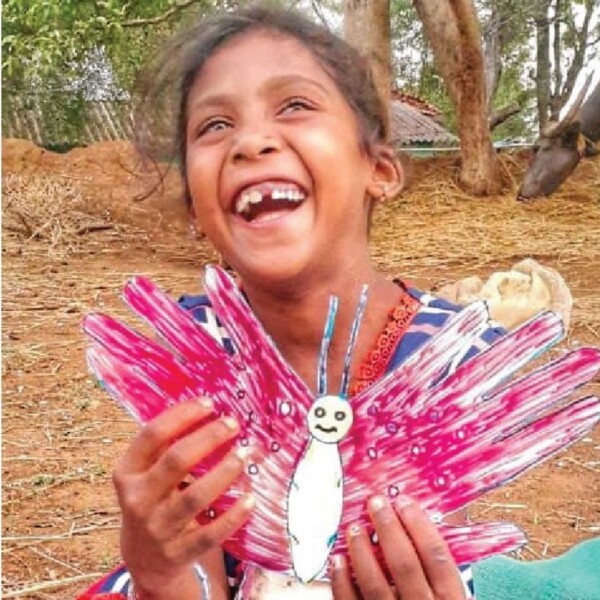Rukmini Banerji, CEO of Pratham explains how COVID has hit learning

Rukmini Banerji is the CEO of Pratham Education Foundation, an NGO working to provide quality education to youth and children of India. With Pratham since 1996, she has led the effort behind the internationally acknowledged Annual Status of Education Report (ASER) from 2005 to 2015. Her perspective is based on a combination of extensive field experience and research practice.
What will this prolonged absence from school mean for children in a country like India?
The Covid-19 crisis is unprecedented. Time will tell what the implications of prolonged school closure will be. However, once schools open, based on past trends, it will be critical to track school enrolment, daily attendance and basic learning.
From the first Annual Status of Education Report (ASER) in 2005 to ASER 2018, data provide estimates of children’s basic learning levels for almost all rural districts of India. These data show that while overall school enrolment levels have been well above 95% nationally for more than a decade, the proportion of girls (age group 15 to 16) still out of school has declined slowly 22.6% to 13.5% between 2006 and 2018. These hard-won gains of enrolment and school completion must not get eroded due to the combination of schools being closed and economic hardships in the family related to Covid-19.
As far as attendance is concerned, in pre-Covid times, there was wide variation across the country, ranging from less than 60% of enrolled children present in school on any random day in states like Uttar Pradesh, Bihar and Jharkhand to well over 85% attendance in Gujarat, Maharashtra, Karnataka and Tamil Nadu. As schools reopen, bringing every child back to school on a regular basis will be a big challenge, especially in states where normal attendance patterns are relatively low and variable.
It is well known that basic learning levels of primary school children in India are worryingly low. Using a large-scale nationally representative sample of rural children, ASER 2018 shows that in Std V after more than four years of schooling, only half of all children can read a Std II level text fluently. Close to 18% still cannot decode simple words, 13% can read words but not sentences and 19% can read a simple set of four sentences (at Std I level) but as yet cannot fluently read a story or a chapter from a Std II textbook. Even before Covid hit us earlier this year, this wide diversity of learning levels has been a chronic problem of our classrooms for years. The majority of children, especially in government schools, are several years behind grade level. When schools reopen it is likely that this variation of learning levels in each grade will have widened further; the lower end of the distribution will have become thicker.
You can read the full article here.
